The Gaza “peace” deal: A Trumpian mirage
Trump’s Gaza “peace deal” is hailed internationally, but critics call it a performative, self-serving spectacle leaving Palestinians’ plight unresolved.
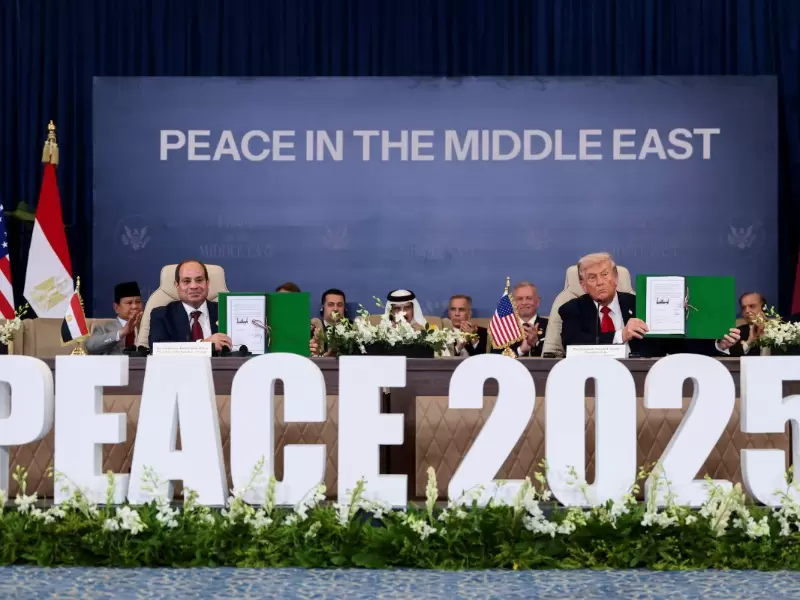 U.S. President Donald Trump and Egyptian President Abdel Fattah el-Sisi hold the signed agreement of the first phase of the Gaza ceasefire between Israel and Hamas, in Sharm El-Sheikh, Egypt, October 13, 2025. / REUTERS/Evelyn Hockstein
U.S. President Donald Trump and Egyptian President Abdel Fattah el-Sisi hold the signed agreement of the first phase of the Gaza ceasefire between Israel and Hamas, in Sharm El-Sheikh, Egypt, October 13, 2025. / REUTERS/Evelyn Hockstein
In a moment that defies political gravity, Donald Trump—once the lightning rod of Democratic ire—has found himself momentarily praised by his arch-opponents for brokering what is being called a “peace deal” in Gaza.
Joe Biden, Hillary Clinton, and other establishment figures have offered guarded commendations, suggesting that Trump’s intervention may have helped de-escalate tensions.
But beneath the surface of this bipartisan applause lies a darker truth: there is no peace. There is only performance.
The facts on the ground in Gaza are brutal and unrelenting. Even as world leaders gathered in Egypt for the signing ceremony on Oct. 13, 2025, Israeli forces continued their military operations, re-arresting prisoners they had ceremonially released and bombing southern Lebanon with impunity.
Aid convoys remain blocked or throttled at Israel’s discretion. Civilians are starving. Infrastructure is collapsing. And yet, the narrative of peace persists—crafted not by the lived reality of Palestinians but by the optics of diplomacy.
The so-called agreement, unveiled in Trump’s 20-point Gaza peace plan, demands the disarmament of Hamas but conspicuously omits any parallel restraint on Israeli military actions.
Israeli leaders continue to issue belligerent statements, framing their campaign not as defense but as existential purification. The asymmetry is glaring: one side is asked to surrender its arms, and the other continues to receive billions in military aid from the United States. This is not a peace deal. It is a license for continued domination.
Trump’s involvement in the region has never been neutral. Since his earliest political ambitions, he has aligned himself with Benjamin Netanyahu—not just ideologically, but commercially.
The decision to move the U.S. embassy to Jerusalem was less a diplomatic maneuver than a real estate signal. Trump has repeatedly described Gaza as “prime beachfront property,” ripe for development, echoing sentiments he expressed as early as 2024 and reiterated in 2025 interviews where he called it an “incredible piece of important real estate.”
His son-in-law, Jared Kushner—a real estate developer with no diplomatic credentials—was appointed to lead Middle East peace negotiations. The conflict, for Trumpworld, was not a humanitarian crisis to be resolved but a market to be opened.
Observers have long noted the overlap between Kushner’s business interests and Trump’s foreign policy. In a March 2024 discussion at Harvard, Kushner praised the “very valuable” potential of Gaza’s waterfront property, suggesting Israel should “clean up” the area by removing civilians.
By 2025, Kushner’s imprint was evident in the Gaza deal, where he helped broker the plan while his investment firm, Affinity Partners, eyed Gulf money for post-conflict redevelopment. Kushner’s family foundation has deep ties to Israeli settlements, and his collaboration with figures like Tony Blair on a “neocolonial venture” for Gaza has drawn sharp criticism as a moral atrocity.
The peace process, under Trump, was reimagined as a development project—where diplomacy served as a prelude to construction.
Meanwhile, Israeli settlers openly call for the removal of Palestinians, rejecting any two-state framework. Some have been filmed invoking genocidal rhetoric, echoing the darkest chapters of history. In June 2024, Israeli Moshe Feiglin quoted Adolf Hitler during a TV interview, saying, “As Hitler said, ‘I cannot live if one Jew is left,’ we can’t live here if one ‘Islamo-Nazi’ remains in Gaza.”
When an Israeli politician quotes Hitler to justify policy, the mask slips. The world watches—and recoils.
The evidence of systemic brutality is no longer confined to fringe reports. Liberal Israeli voices, international scholars, and UN bodies have all raised the alarm. The International Criminal Court, as of Oct. 18, 2025, has rejected Israel’s second appeal against arrest warrants for Netanyahu and former Defense Minister Yoav Gallant, affirming charges related to the Gaza conflict.
Millions across Europe march in protest. In the United States, public opinion has shifted dramatically—by some measures, a 50-point swing away from uncritical support for Israel toward sympathy for the Palestinian cause. Recent polls show that 59 percent of Americans now view the Israeli government unfavorably, up from previous years, with support for Israel’s military actions in Gaza dropping to a new low of 32 percent.
Among Democrats and young people, the decline is even steeper, with sympathy for Israelis hitting an all-time low beneath 50 percent for the first time in nearly 25 years.
And yet, Netanyahu remains defiant, buoyed by American political cover. Figures like Senator Ted Cruz frame support for Israel as a Christian imperative, collapsing geopolitics into theology. The result is a policy of impunity, where starvation, displacement, and bombardment are rationalized as defense.
Trump, ever the showman, has already moved on. Having extracted his moment of bipartisan validation—complete with a standing ovation in the Israeli Knesset following the hostage release—he returns to domestic division, leaving behind a region still in flames.
The “peace deal” is not a blueprint for resolution but a branding exercise—another Trumpian sleight of hand where optics eclipse outcomes.
The architecture of this deal is emblematic of Trump’s broader approach to governance: transactional, theatrical, and ultimately self-serving. It is not designed to endure. It is designed to impress. The Nobel Prize buzz, now fading, was never about peace—it was about prestige. And when that prestige proved elusive, Trump’s investment in the optics waned.
This pattern is familiar. Trump’s foreign policy has often been a stage for personal gain. His relationships with autocrats, his disdain for multilateralism, and his preference for bilateral theatrics all point to a worldview where diplomacy is a tool for brand enhancement.
The Gaza deal fits squarely within this paradigm, echoing his earlier Abraham Accords, which normalized relations with select Arab states while sidelining Palestinian rights. Those accords, too, were hailed as breakthroughs, yet they did little to address the core conflict, serving instead as photo ops and economic incentives for allies.
In Gaza, the stakes are higher, the human cost immeasurable. The plan envisions a “group of Palestinian policy experts” to rule under supervision, but critics decry it as a facade for continued occupation. Trump’s vision of a “Gaza Riviera”—revived in 2025 remarks—betrays the underlying motive: transforming war-torn land into luxury developments, with Arab states funding the rebuild. This is not reconciliation; it is recolonization, dressed in the language of prosperity.
The bipartisan praise for Trump’s role underscores a deeper malaise in American politics: the willingness to overlook atrocities for the sake of stability. Biden’s administration, despite rhetorical shifts, continued arms shipments to Israel amid the conflict. Clinton’s commendations ring hollow against her own history of hawkish support. This convergence reveals how entrenched the pro-Israel lobby remains, even as public sentiment evolves.
Yet, cracks are forming. The generational divide in U.S. views—particularly among millennials and Gen Z—signals a potential policy pivot. Protests on campuses and in streets have amplified calls for divestment and ceasefires, influencing Democratic platforms. As polls indicate, unconditional support for Israel is eroding, with a majority now opposing additional aid.
This shift, fueled by social media’s unfiltered images of Gaza’s suffering, could force future administrations to reckon with reality.
For Palestinians, the “peace” deal offers no respite. Hostages were freed, prisoners exchanged, but the blockade persists, and reconstruction is contingent on disarmament without reciprocity. Netanyahu, facing domestic pressures and ICC scrutiny, may use the deal to consolidate power, but his six post-ceasefire challenges—including legal battles and coalition fractures—suggest fragility.
In the end, Trump’s Gaza intervention is a mirage: shimmering with promise from afar but evaporating upon closer inspection. It perpetuates asymmetry, prioritizes profit over people, and postpones genuine resolution. As the region simmers, the world must demand more than theatrics—a true peace, rooted in justice, not in the art of the deal.
The author co-founded the national Hindi daily Jansatta and was the chief editor of Dinamaan, the national newsweekly of The Times of India Group.
(The views and opinions expressed in this article are those of the author and do not necessarily reflect the official policy or position of New India Abroad.)
ADVERTISEMENT
ADVERTISEMENT
E Paper
Video



 Satish Jha
Satish Jha
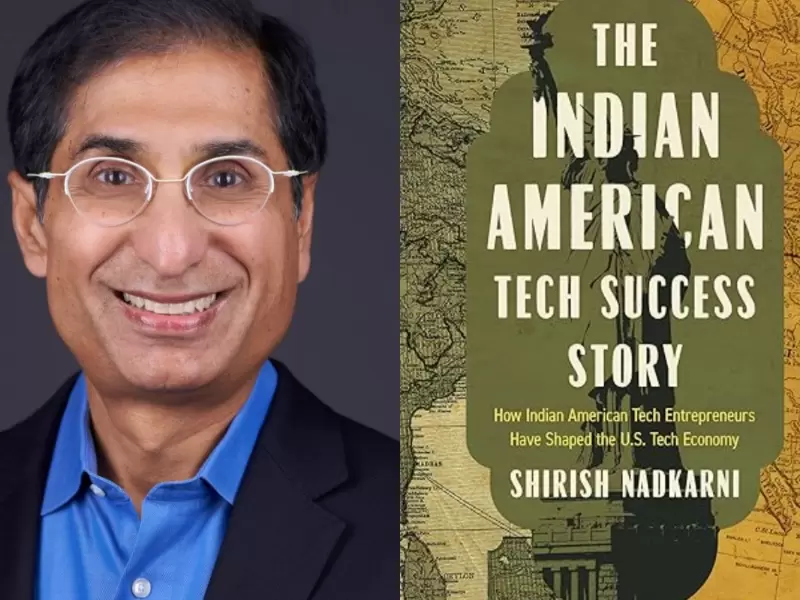


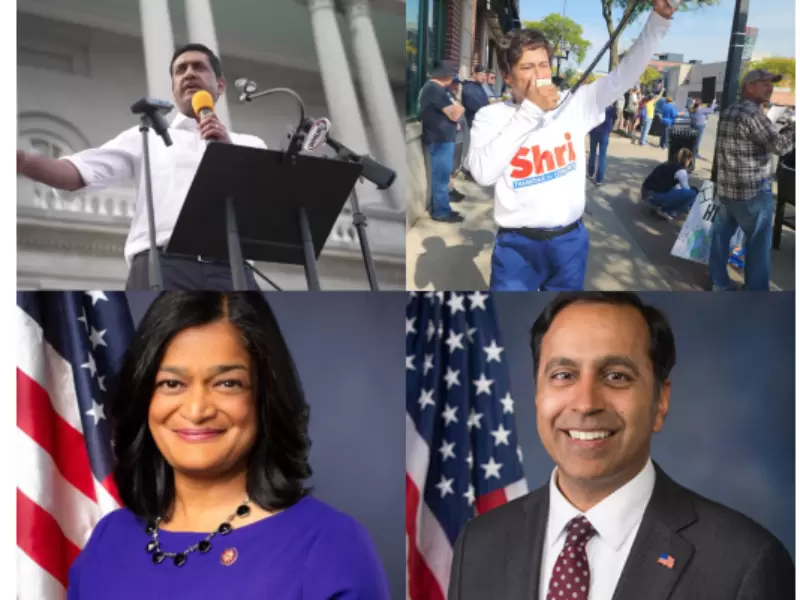
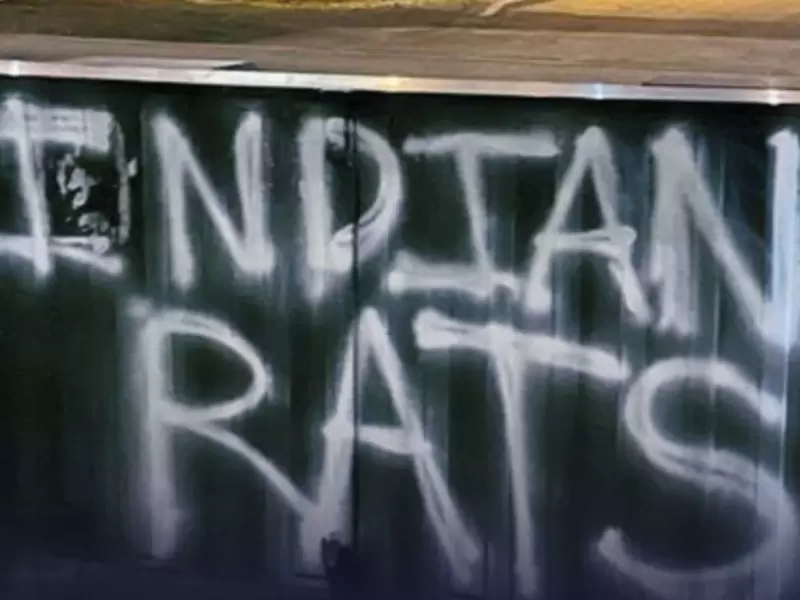
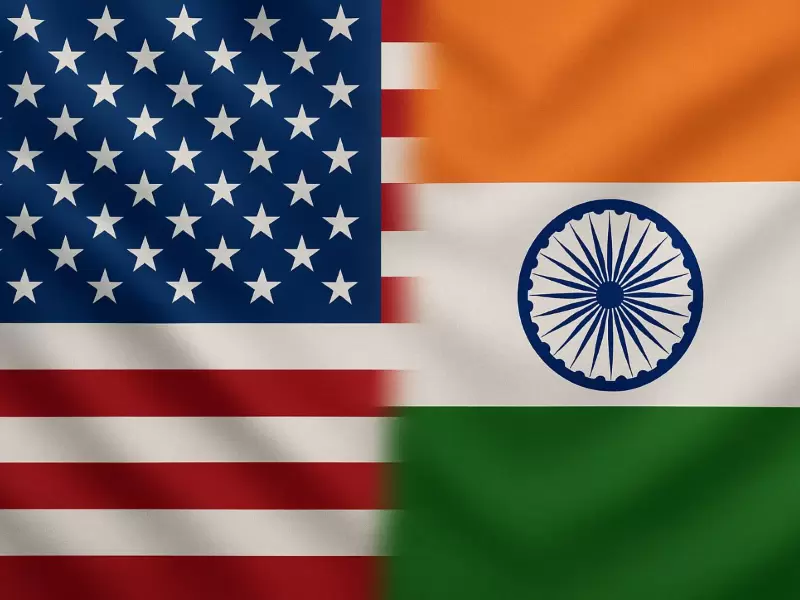
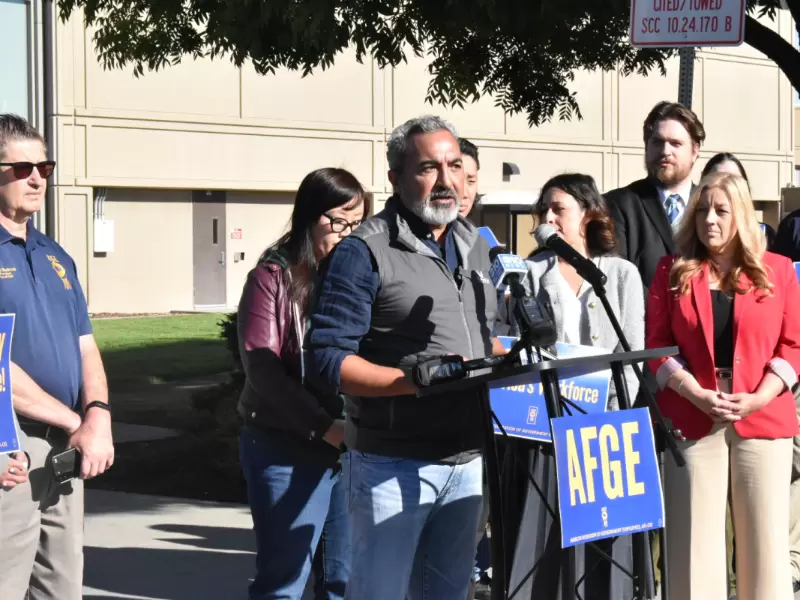

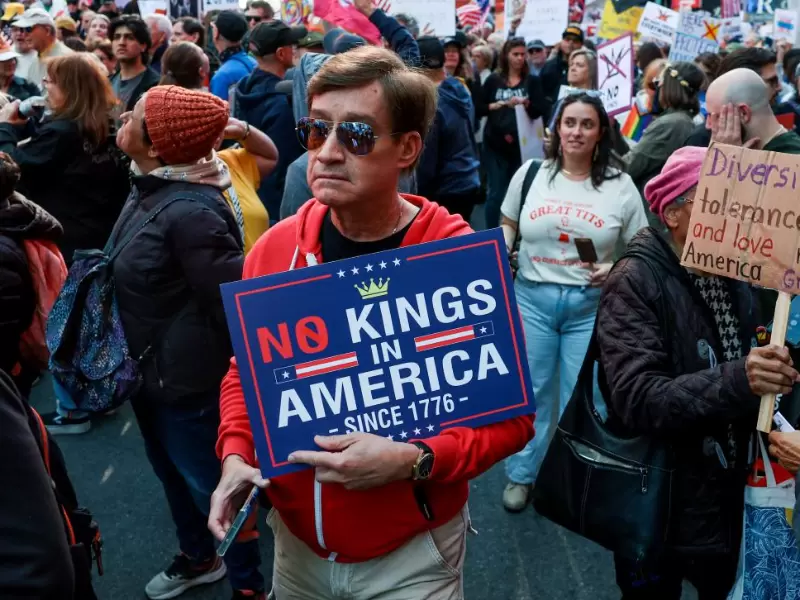
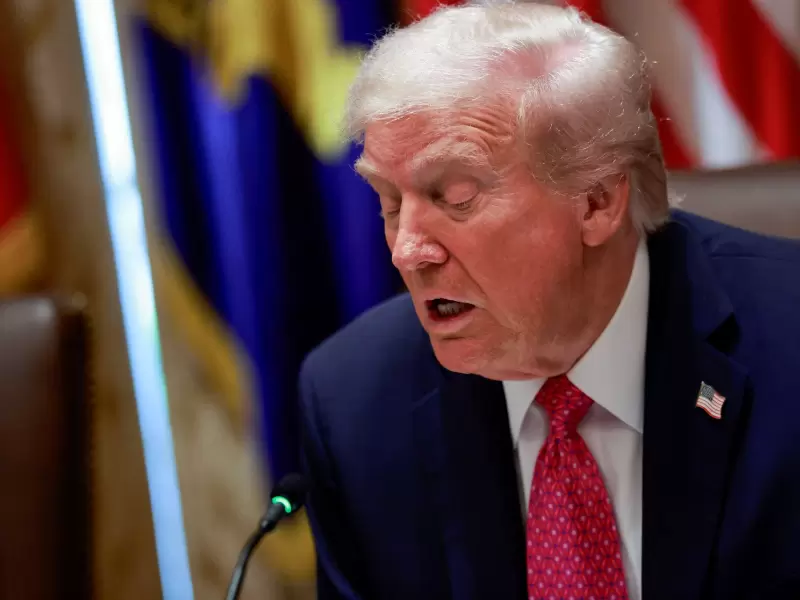



Comments
Start the conversation
Become a member of New India Abroad to start commenting.
Sign Up Now
Already have an account? Login